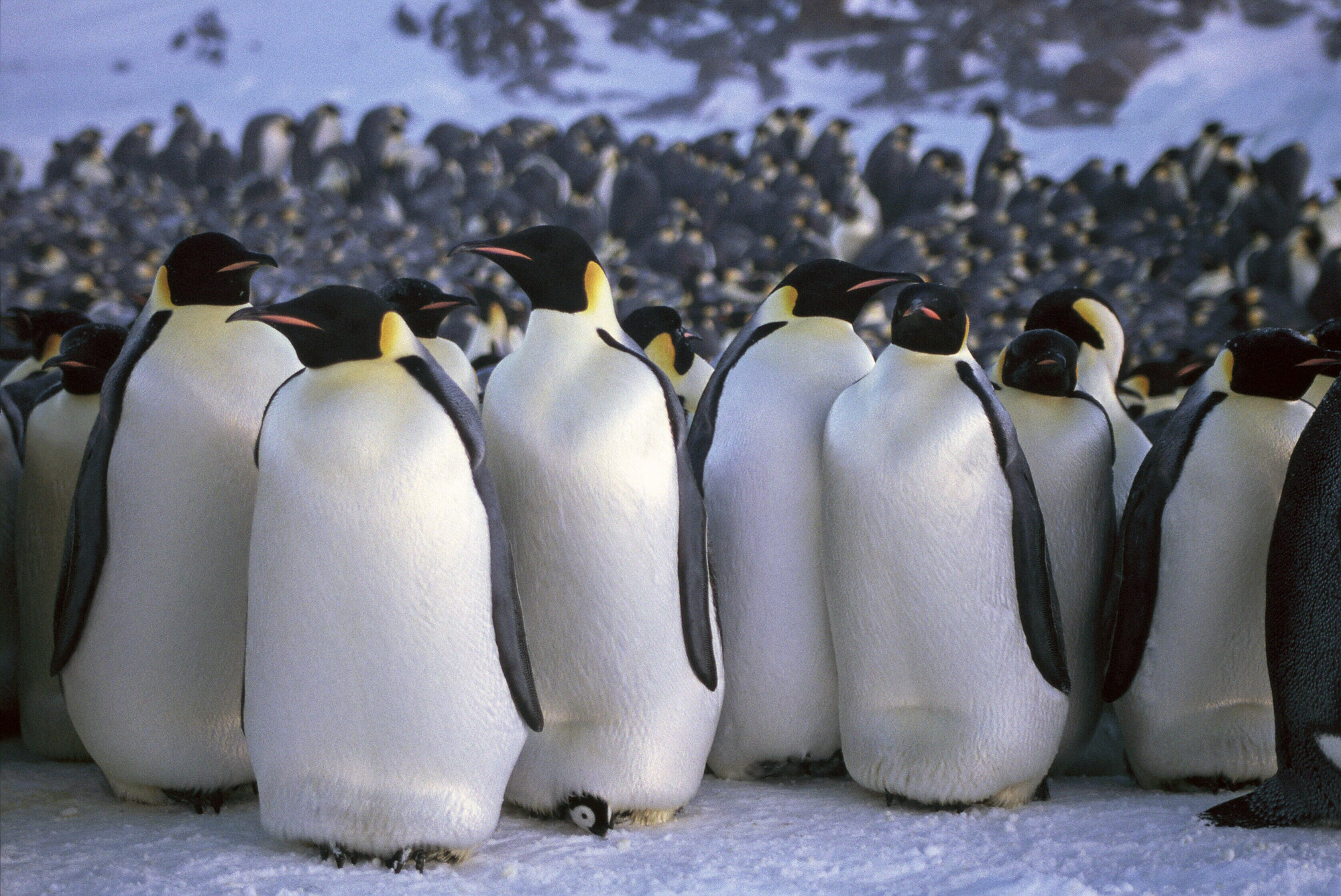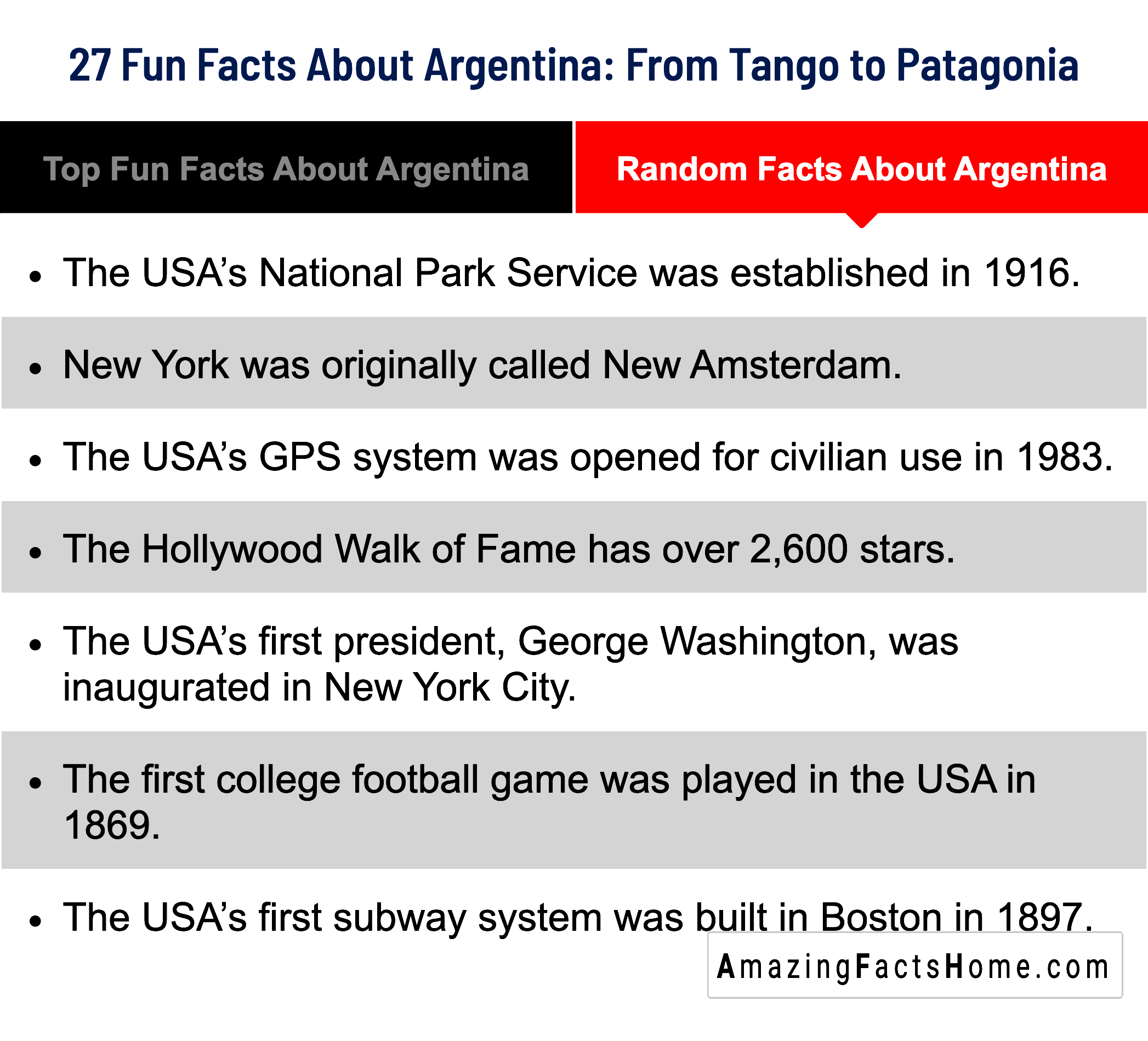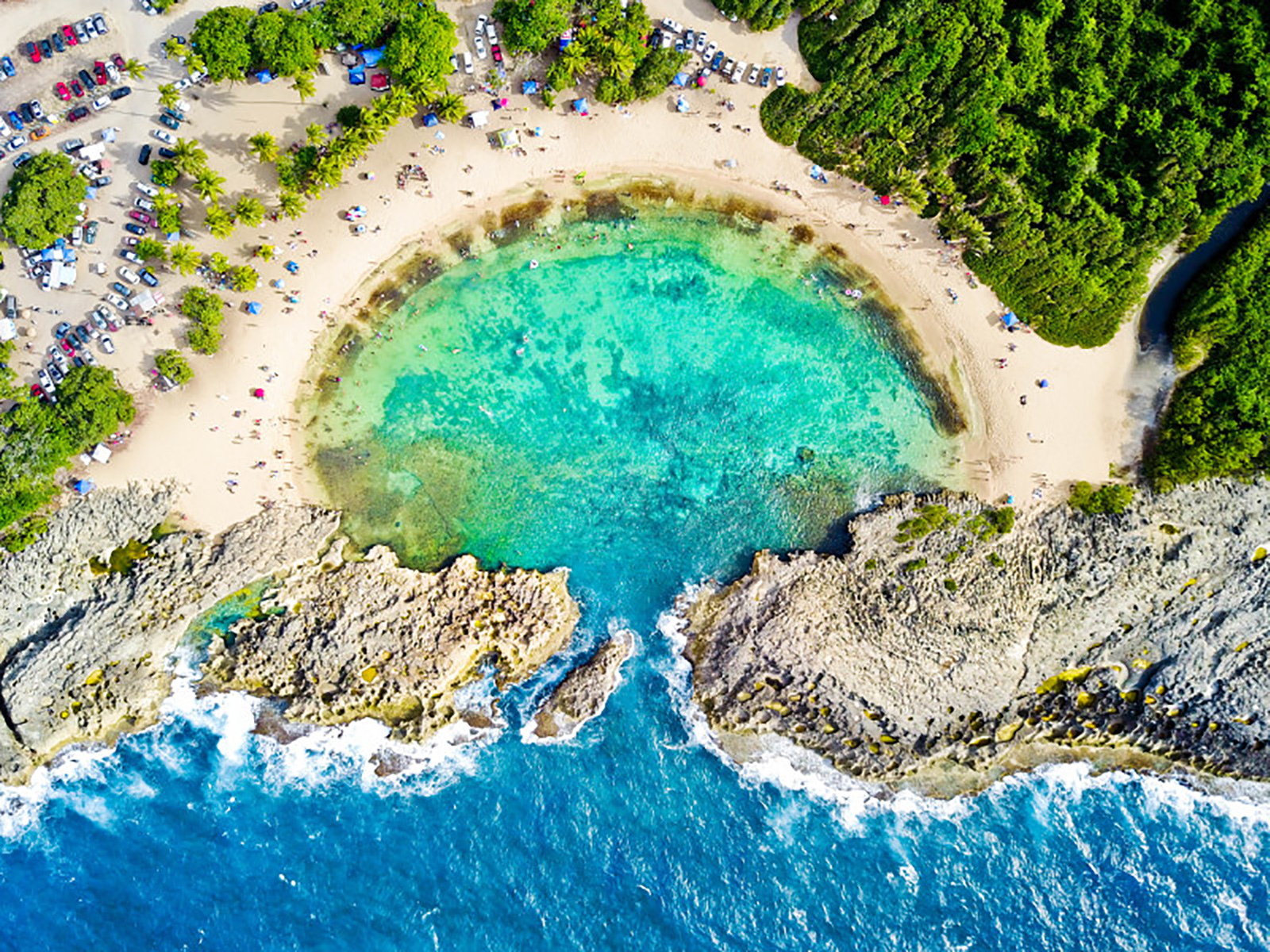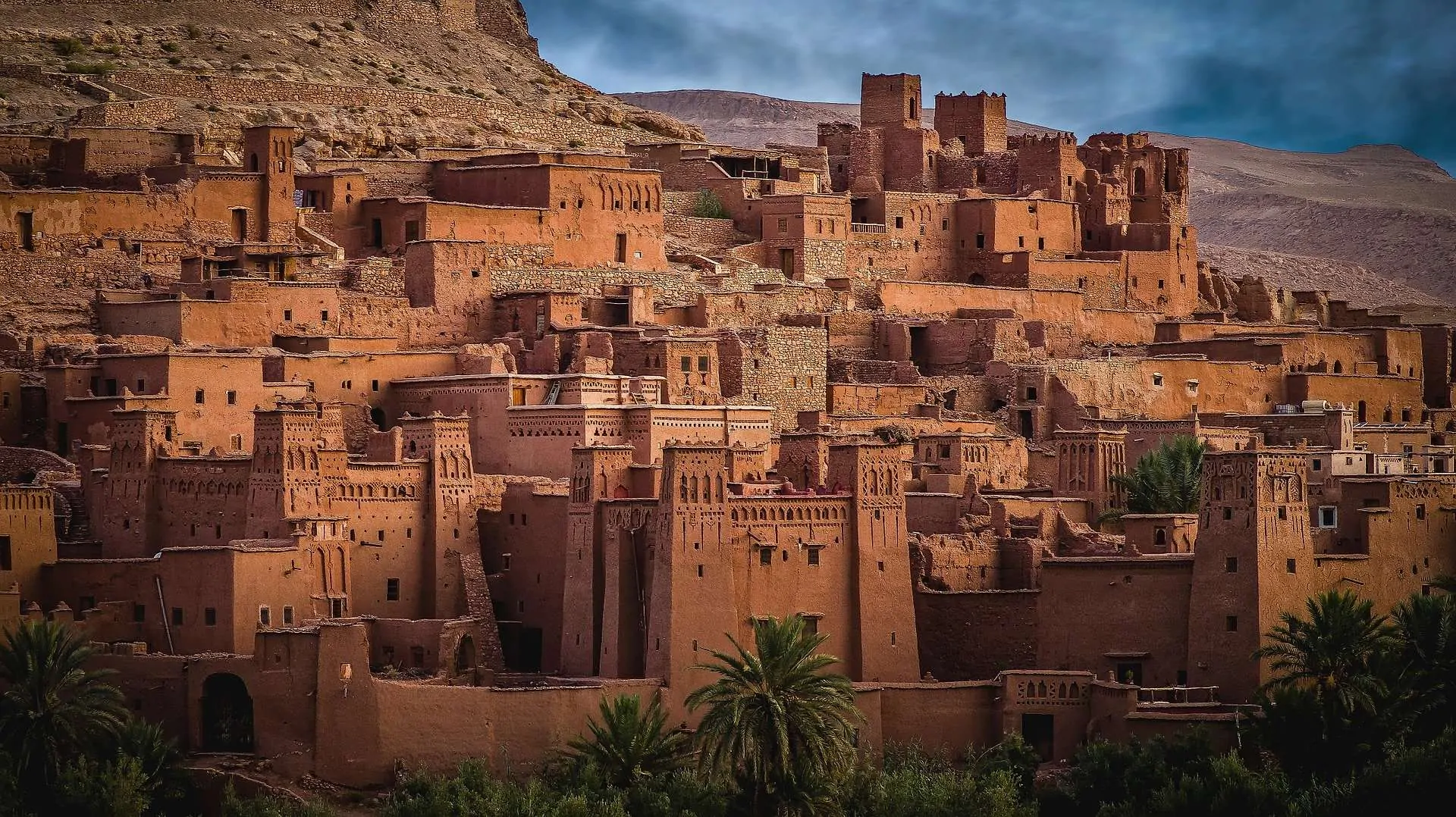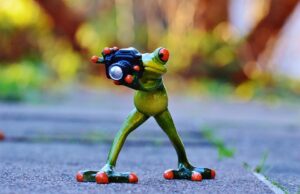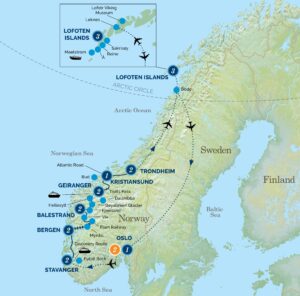Penguins have long captivated the hearts of people around the globe, admired for their unique characteristics and charming demeanor. Found primarily in the Southern Hemisphere, these avian wonders possess a wealth of fascinating traits and behaviors that many may not be aware of. Here is a meticulously curated list of 100 amazing facts about penguins, celebrating their cute, cold, and captivating nature.
1. Species Diversity: There are 18 recognized species of penguins, ranging from the tiny Little Blue Penguin to the majestic Emperor Penguin.
2. Habitat Variety: While most penguins are associated with icy regions, they are also found in temperate zones, with species like the Galapagos Penguin thriving near the equator.
3. Exceptional Swimmers: Penguins are adept swimmers, capable of reaching speeds up to 22 miles per hour underwater.
4. Flightless Birds: Unlike their avian counterparts, penguins cannot fly due to their wing structure, which has evolved for swimming rather than flying.
5. Unique Adaptations: Their bodies are streamlined, and their wings have evolved into flippers, allowing for agile underwater navigation.
6. Social Creatures: Penguins are highly social animals, often forming large colonies for breeding, parental care, and social interactions.
7. Mating Rituals: During courtship, many species perform a distinctive dance, involving bowing and preening to attract potential mates.
8. Monogamous Bonds: Some penguin species, such as the Gentoo Penguin, form monogamous pairs that may reunite each breeding season.
9. Parenting Roles: In some species, such as Emperor Penguins, males take on the primary role of incubating the eggs and caring for the chicks.
10. Egg Incubation: Emperor Penguins are known for their remarkable incubation process, where males balance a single egg on their feet while keeping it warm under a fold of skin.
11. Chicks’ Development: Penguin chicks are born covered in down feathers, which provide insulation but require significant parental care to survive.
12. Foraging Skills: Penguins primarily feed on krill, fish, and squid, utilizing their incredible diving capabilities to catch prey.
13. Deep Divers: Some penguin species, like the Emperor, can dive over 1,800 feet in search of food.
14. Thermoregulation: Penguins have specialized layers of fat and tightly packed feathers to conserve heat in frigid environments.
15. Countershading: Their black-and-white coloration serves as camouflage while swimming; the dark backs blend with the ocean depth, and the white bellies blend with the sunlit surface.
16. Communication Styles: Penguins communicate through a complex repertoire of vocalizations, body language, and visual displays to identify each other within large colonies.
17. Grooming Behavior: Social grooming is essential for penguins to maintain feather condition and strengthen social bonds among colony members.
18. Long Lifespan: Depending on the species, penguins can live from 15 to over 30 years in the wild.
19. Unique Species: The Adélie Penguin: Notable for its distinctive white eye ring, the Adélie Penguin thrives on the Antarctic mainland and is known for its playful antics.
20. The Rockhopper Penguin: Famous for its spiky yellow crest, the Rockhopper Penguin is an agile climber, often navigating rocky terrains to get to their nesting sites.
21. African Penguin: Also known as the Jackass Penguin due to its braying sounds, this species is native to the southwestern coast of Africa.
22. Galapagos Penguin: This species is the only one that lives north of the equator, and it is also one of the smallest penguins, standing around 19 inches tall.
23. The Emperor Penguin’s Journey: These penguins undertake arduous treks of up to 70 miles to reach breeding colonies in the harsh Antarctic winter.
24. Social Hierarchy: Penguins exhibit social structures within their colonies, with dominant pairs often securing the best nesting locations.
25. Natural Predators: While adult penguins have few predators, chicks are vulnerable to skuas and leopard seals.
26. Environmental Challenges: Climate change poses a significant threat to penguin habitats, impacting their food supply and breeding grounds.
27. Conservation Status: Several penguin species are under threat, with conservation efforts focused on habitat preservation, breeding programs, and pollution control.
28. The Penguin’s Unique Walk: Their distinctive waddling gait is an essential adaptation for moving across icy surfaces, balancing their weight effectively.
29. Famous Penguins in Popular Culture: Penguins have been portrayed in various films and documentaries, including “March of the Penguins” and animated films like “Happy Feet.”
30. Celebrity Status: The penguin mascot of the 2000 Sydney Olympics, named “Pandy,” showcased their cultural significance and appeal worldwide.
31. Distinctive Calls: Each species has its own distinct call, which helps maintain the connection between mates amid thousands of other penguins.
32. Penguin Research: Scientists study penguin behavior and population dynamics to monitor changes in Antarctica’s ecosystems.
33. The Flipper Test: Penguins can rotate their flippers to maneuver gracefully through water, exhibiting swimming techniques akin to the stroke of professional swimmers.
34. Size Variety: The largest penguin species, the Emperor Penguin, can weigh up to 90 pounds, while the smallest, the Little Blue Penguin, weighs about 2.2 pounds.
35. Lifelong Friendships: Many penguins exhibit lifelong bonds and return to the same partner each breeding season, demonstrating remarkable loyalty.
36. Territorial Behavior: Certain species engage in fierce territorial disputes during breeding seasons, often resulting in dramatic displays of aggression.
37. Huddling for Warmth: To combat the cold, especially during harsh winters, Emperor Penguins huddle together, rotating positions to minimize heat loss.
38. Diving Adaptations: Penguins have flexible rib cages that facilitate deep dives, enabling them to store more oxygen during the plunge.
39. Swimming Techniques: Penguins utilize various swimming techniques, including “porpoising,” where they leap out of the water to build speed and conserve energy.
40. Recycled Materials: Penguins often use pebbles and other materials to construct their nests, showcasing their resourcefulness.
41. Natural Selection: Over generations, penguins have adapted to extreme environments through natural selection, showcasing evolutionary resilience.
42. Breeding Seasons: The timing of breeding varies significantly across species, generally aligning with the Antarctic summer to maximize chick survival rates.
43. Swimming Competence: Adult penguins can hold their breath for over 20 minutes while diving; this ability aids in evading predators.
44. Sidestepping Threats: When faced with danger, penguins may resort to a swift lateral movement to evade predators – a maneuver that showcases their agility.
45. Penguins as Ecosystem Indicators: Scientists often consider penguins as indicators of marine ecosystem health due to their position within the food web.
46. Overlapping Ranges: Some species, like the Gentoo and Adélie, have overlapping ranges, leading to interspecific competition for resources.
47. Remarkable Migration: Certain penguin species engage in extensive migrations between feeding and breeding locations, showcasing their extensive navigational abilities.
48. The Altitude of Adaptation: Some penguins, such as the Yellow-eyed Penguin, exhibit behaviors adapted to living in forests, displaying versatility beyond the classic icy habitats.
49. Human Interaction: Penguins have garnered significant public interest, resulting in the establishment of protected marine areas for their conservation.
50. Penguin Festivals: Various regions host annual penguin festivals, celebrating their presence and raising awareness about conservation efforts.
51. Genetic Diversity: Genetic studies within penguin populations reveal surprising levels of diversity, critical for species’ survival amidst environmental changes.
52. Distillation of Knowledge: Ongoing research continues to uncover the complex genetic adaptations of penguins to their unique environments.
53. Behavioral Studies: Ethologists study penguin behavior to understand group dynamics, parenting styles, and social hierarchies in their natural habitats.
54. Fascinating Facts aìnd Folklore: Throughout history, penguins have inspired folklore and myths, often symbolizing adaptability and survival amid adversity.
55. Penguins and Climate Change: The impacts of climate change threaten food availability, nesting grounds, and overall penguin populations, emphasizing the need for concerted action.
56. The Role of Eco-Tourism: Responsible eco-tourism can play a pivotal role in penguin conservation, allowing for funding and awareness while minimizing human impact.
57. Penguins and Fishing: Certain fishing practices threaten penguin populations, leading to overfishing in critical feeding grounds.
58. The Quirks of Nesting: Each penguin species has unique nesting styles; some construct elaborate nests, while others merely lay eggs on bare rock.
59. The Lifecycle of a Penguin: From hatchling to adult, penguins undergo various developmental stages, each with its challenges, affecting survival rates and parental investment.
60. Females First: In some species, females are the first to arrive at breeding colonies, allowing them to establish nesting sites before males arrive.
61. Stress Responses: Penguins exhibit certain stress responses to environmental changes, which researchers monitor to assess the impacts of climate variations.
62. Educational Programs: Conservation organizations often implement educational programs worldwide to raise awareness and promote penguin conservation efforts among younger generations.
63. Penguins in Aquariums: Many aquariums feature penguins as focal attractions, providing opportunities for public education and awareness about marine conservation.
64. Vocal Recognition: Penguins can recognize the unique calls of their partners and offspring, an ability that is vital for survival in crowded environments.
65. The Role of Legs in Movement: Penguins’ distinctive walking style is facilitated by their short yet powerful legs, adapted for both swimming and walking on slippery ice.
66. Environmental Monitoring: Researchers use penguins as bio-indicators to monitor environmental changes and assess ocean health, leading to better conservation strategies.
67. Studying Colonies: Observing how penguin colonies function helps scientists understand social structures and responses to environmental stressors.
68. Penguins as Cultural Icons: These remarkable birds have transcended into popular culture, being featured in toys, fashion, and holiday decorations.
69. Penguins and Science: Ongoing scientific research continues to unravel the mysteries of penguin physiology, behavior, and ecology, fostering a deeper understanding of their needs.
70. The Mystery of Migration Patterns: Researchers are actively investigating the migration patterns of penguins to map their movements in response to changing environmental conditions.
71. Promoting Biodiversity: Protecting penguin habitats supports biodiversity efforts, preserving the delicate balance of marine ecosystems.
72. The Connection to Other Species: Penguins share habitats with various marine life, contributing to the richness of their ecosystems and fostering interspecies relationships.
73. The Impact of Plastic Pollution: Penguins are severely impacted by plastic pollution in the oceans, facing risks of entanglement and ingestion, which threaten their survival.
74. Conservation Audits: Regular assessments of penguin populations and their habitats are crucial in shaping effective conservation policies and recovery strategies.
75. The Penguin’s Resilience: Despite facing numerous challenges, penguins display remarkable resilience, adapting their behaviors and strategies to survive harsh conditions.
76. The Role of Marine Protected Areas: Establishing designated marine protected areas can safeguard vital penguin habitats and ensure sustainable fishing practices.
77. The Influence of Indigenous Knowledge: Indigenous communities often possess deep knowledge about penguin habitats and behaviors, providing insights into sustainable conservation practices.
78. Young Penguins’ Learning Curve: Young penguins must learn essential survival skills, including how to navigate their surroundings and recognize threats.
79. The Need for Global Cooperation: Conservation of penguins requires international cooperation and policy-making to address global threats to their ecosystems.
80. Effective Outreach Programs: Engaging the public through outreach programs fosters a sense of stewardship towards penguins and their habitats, empowering communities to act.
81. The Global Connection of Penguins: Penguins symbolize a global connection, inspiring people worldwide to take action for wildlife conservation.
82. The Lifespan of Penguin Species: The lifespan of penguins varies widely among species, with some thriving longer than others in various environmental conditions.
83. The Fluctuations in Populations: Monitoring penguin populations helps understand the broader ecological changes, alerting conservationists to the changing health of marine environments.
84. The Integration of Technology in Conservation: The adoption of new technologies aids in tracking penguin movements and behaviors, leading to better-informed conservation strategies.
85. Penguins in Literature: Penguins have featured prominently in literature, often symbolizing perseverance, teamwork, and community in storytelling.
86. The Insights from Climate Studies: Penguin behavior and health are essential indicators in climate studies, providing insights into the effects of global warming.
87. The Celebration of World Penguin Day: Observed on April 25th, World Penguin Day raises awareness about these incredible birds and emphasizes the importance of their conservation.
88. Penguins and Human Emotions: The endearing nature of penguins often elicits emotional responses, fostering connections between humans and wildlife.
89. Endangered Species Initiatives: Numerous initiatives aim to protect endangered penguin species through habitat restoration, breeding programs, and community engagement.
90. The Cultural Impact of Penguins: Penguins inspire various forms of art and expression, emphasizing their place in human culture and society.
91. The Role of Zoos: Zoos play a crucial role in penguin conservation efforts by providing education, breeding programs, and research opportunities.
92. The Adaptability of Penguins: Penguins demonstrate remarkable adaptability, capable of altering behaviors and diet in response to changing environments.
93. Celebrating Penguin Achievements: Many organizations celebrate the successes of penguin conservation efforts, highlighting the continued commitment to their welfare.
94. Penguins in Artistic Expression: The whimsical portrayal of penguins has inspired artists, sparking creativity through various mediums, including photography, painting, and sculpture.
95. The Coexistence of Penguins and Humans: Coexisting with penguins requires mutual respect and understanding, as humans impact their habitats in significant ways.
96. The Collective Responsibility: Ensuring penguins thrive is a collective responsibility, urging individuals and communities to engage in conservation efforts actively.
97. The Ecological Role of Penguins: Penguins contribute to the balance of marine ecosystems, influencing sea life interactions and food web dynamics.
98. The Importance of Research Funding: Securing funding for penguin research enhances understanding of their biology and conservation needs, facilitating successful initiatives.
99. Future Conservation Strategies: Innovative conservation strategies, coupled with community involvement, are pivotal for the future of penguins worldwide.
100. A Call to Action: By understanding and appreciating penguins, we foster a commitment to protect these remarkable birds and their habitats for generations to come.
